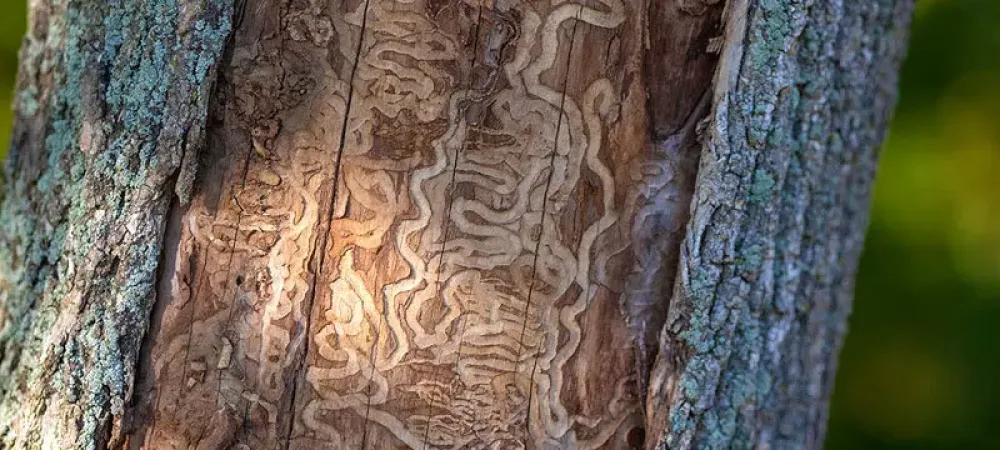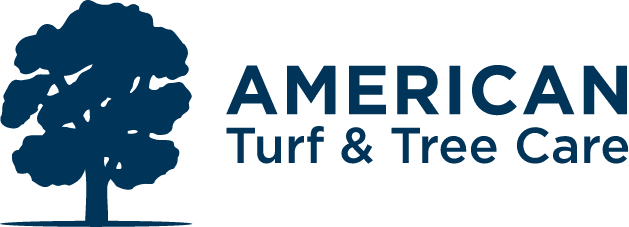Identifying and Treating Common Tree Diseases in Northern Colorado

Trees are a long-term investment in your property, and keeping them healthy is essential to maintaining a vibrant landscape. Northern Colorado’s climate and soil conditions make certain tree diseases more prevalent, and early detection is critical. By learning to identify common diseases and understanding treatment options, homeowners can protect their trees from irreversible damage.
Common Tree Diseases in Colorado
Colorado homeowners should be aware of several diseases that can affect their trees:
- Fire Blight: Primarily affects apple, pear, and crabapple trees. Look for blackened shoots, wilting branches, and oozing sap. Rapid spread can cause significant damage if left untreated.
- Dutch Elm Disease: Spread by bark beetles, this disease causes yellowing leaves, branch dieback, and eventual tree death. Early removal of infected branches is critical.
- Cytospora Canker: Impacts spruce, aspen, and peach trees. Symptoms include resin bleeding, branch dieback, and cankers on trunks.
- Needle Cast Diseases: Affects pine and spruce trees, causing browning and premature needle drop.
- Emerald Ash Borer (EAB): This invasive insect attacks ash trees, leaving D-shaped exit holes, canopy thinning, and dieback. Detection early is crucial to save trees.
How to Identify Tree Disease Symptoms
Identifying tree diseases early can make treatment much more effective. Homeowners should watch for discolored or spotted leaves, wilting branches, and unusual growths. Bark changes, such as lesions, cankers, or oozing sap, are also warning signs. Insects like borers may leave small holes, indicating an infestation or secondary infection. Regular seasonal inspections are the best way to catch problems before they spread.
Bullets for clarity:
- Leaf spots or discoloration
- Premature leaf drop
- Branch dieback or unusual growth
- Bark lesions, cankers, or sap oozing
- Insect bore holes
Treatment Options for Tree Diseases
Treatments vary depending on the disease and severity, but early action is key:
- Pruning Infected Branches: Removing diseased or dead branches prevents the spread of fungi or bacteria.
- Tree Injections: Systemic treatments deliver fungicides or insecticides directly to the tree’s vascular system, particularly effective for EAB and some cankers.
- Fungicide Applications: Spraying affected areas can reduce the spread of fungal infections.
- Fertilization: Keeping trees healthy with proper nutrients strengthens their natural defenses against disease.
Combining treatments and ongoing monitoring is often the most effective strategy for long-term tree health.
Prevention Strategies for Homeowners
Preventive care is the best way to reduce the likelihood of disease:
- Regular inspections in spring and fall to catch issues early
- Proper watering and fertilization to maintain tree health
- Avoiding mechanical damage to trunks and roots
- Cleaning pruning tools to prevent spreading pathogens
- Removing dead or fallen trees and branches promptly
A proactive approach not only reduces the risk of disease but also supports stronger growth and resilience throughout the year.
When to Call a Professional Arborist
While some minor issues can be handled by homeowners, professional arborists should be consulted when:
- Disease spreads rapidly across multiple branches or trees
- Trees show severe stress or dieback
- Complex treatments like EAB injections or systemic fungicide applications are required
Professionals can provide accurate diagnosis, targeted treatment, and ongoing monitoring, ensuring your trees recover fully and remain healthy long-term.
Common Mistakes to Avoid
- Ignoring early signs: Waiting too long allows disease to spread and become harder to treat.
- Improper pruning: Cutting branches incorrectly can introduce new infection sites.
- Over-relying on DIY chemical treatments: Some diseases require professional application to be effective.
- Neglecting soil and root health: Trees weakened by poor soil, watering, or compaction are more susceptible to disease.
Awareness, proper timing, and the right care approach are crucial to keeping trees healthy.
Tree diseases in Northern Colorado can cause significant damage if left unchecked, but early identification and proper care make a big difference. Homeowners should monitor trees for warning signs, implement preventive strategies, and take prompt action when problems arise.
For complex or persistent issues, American Turf & Tree Care offers professional Tree Disease Treatment and Emerald Ash Borer services. Our experts can diagnose, treat, and protect your trees, keeping your landscape healthy and beautiful year-round.
